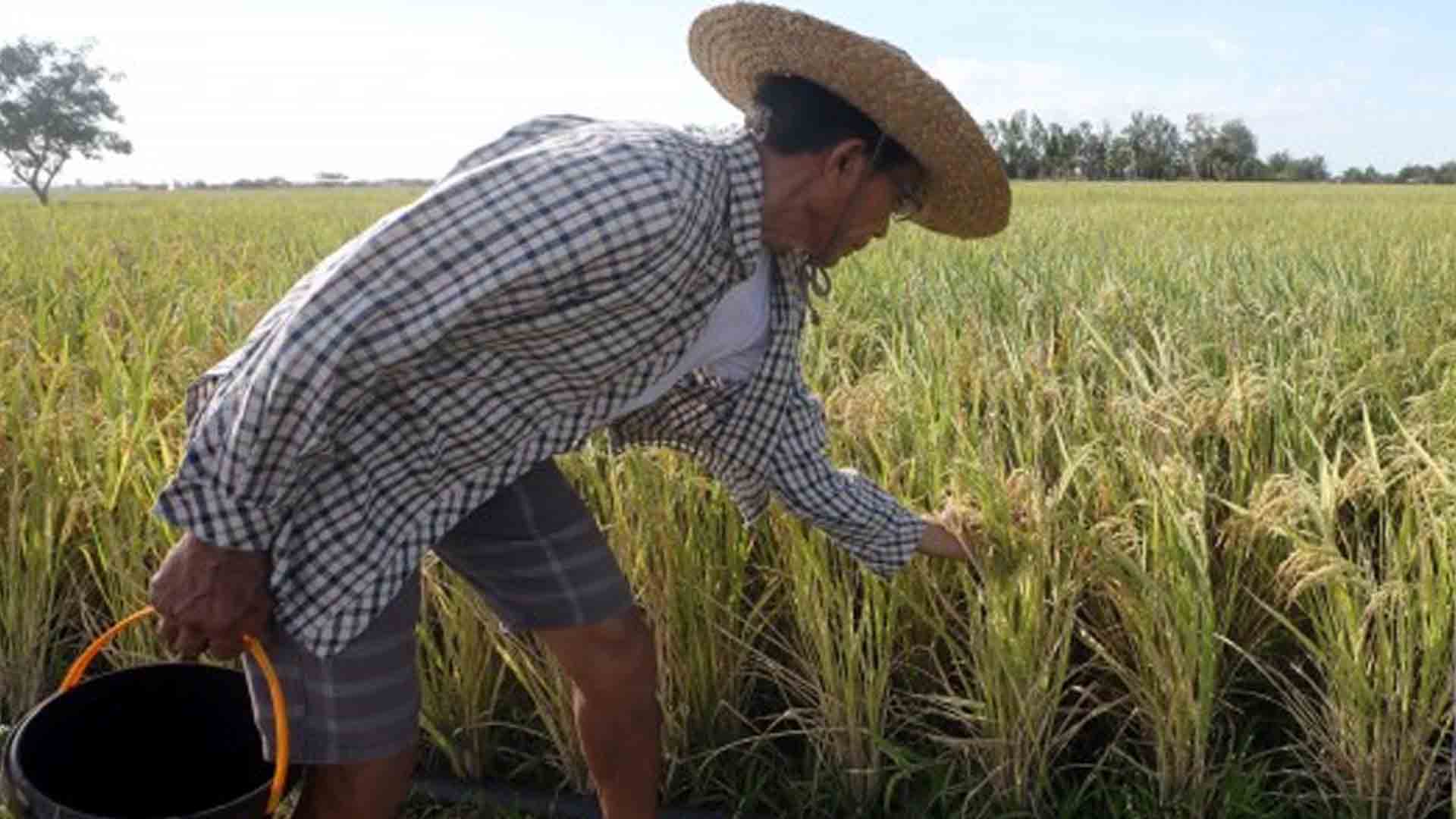The country’s rice supply is seen to surpass consumer demand and there is no reason for the Department of Agriculture to issue import clearances.
Senator Imee Marcos, in a statement on Tuesday, said based on data she gathered, no rice importation will happen until next year.
“Rice imports will only push down farmgate prices of palay (rice). Our farmers are doing a great job producing more than ample domestic supply,” she said.
Marcos said the projected 5.13 million metric tons (MT) of locally grown rice in the third quarter is expected to exceed the domestic demand of 3.7 million MT.
The supply will also provide a buffer stock of 1.43 million metric tons by the end of the month.
In the fourth quarter, the local rice supply may reach 6.24 million MT against the demand of 4.02 million MT, which will mean another 2.22 million MT of buffer stock by the end of 2022, Marcos said.
Overall, a total buffer stock of 3.65 million MT by the end of the year will be good for 55 to 60 days.
Marcos assured there are no remaining valid sanitary and phytosanitary import clearances to justify more rice imports this year.
Under the 2023 National Expenditure Program prepared by the Department of Budget and Management, the proposed budget allocation for the National Rice Program is doubled from PHP15.8 billion in 2022 to PHP30.5 billion in 2023.
Budget Secretary Amenah Pangandaman said the proposed budget will expand fertilizer support, mechanization and post-harvest facilities, research and development, and other safety nets for local rice farmers.
“Among the eight-point agenda, we have the four pillars, which include strengthening the purchasing power of peso. And to be able to do that, we need to increase our funding for the agriculture sector para magkaroon ng mas mababang presyo sa ating mga pamilihin at pagkain sa hapag kainan (to lower the prices of commodities and put more food on the table),” Pangandaman said.
She said boosting local farmers’ productivity will likewise increase their harvest. (PNA)








